
China Food-Grade Contact Material Testing
Food contact materials and products refer to materials or products that come into contact with food during use. These materials are widely used and commonly found in daily life, frequently appearing in products used for processing, storing, and transporting food. Food contact materials include plastics, resins, rubber, paper, cardboard, silicone, metals, alloys, glass, ceramics, porcelain enamel, colorants, and printing inks.

Products involving food contact materials include food packaging, tableware, kitchenware, kitchen and household appliances, and food processing machinery. The safety issues arising from harmful chemicals in food contact materials cannot be ignored. In recent years, terms such as "plasticizers," "bisphenol A," and "heavy metals" have repeatedly appeared in the public domain. While consumers are concerned about food safety, they are also paying increasing attention to harmful substances found in packaging, tableware, and kitchenware that come into direct contact with food. These materials and products may pose safety risks. Certain food contact materials, such as plastics, rubber, and colorants, may release toxic chemical components like heavy metals, plasticizers, bisphenol A, and toxic additives during use. These chemicals can migrate into food, be ingested by the human body, and pose health risks.
Scope of Application (Including but not limited to the following materials and products)
Products used for processing, storing, and transporting food, such as food packaging, tableware, kitchenware, kitchen appliances, food processing machinery, food contact materials/components, raw materials, and finished products.
Material List
Plastics, metals, ceramics, paper, enamel, rubber, silicone, glass, wood, bamboo, natural/chemical fibers, organic coatings, etc.
Product List
- Dining utensils: knives, forks, bowls, chopsticks, spoons, cups, plates, lunch boxes, etc.
- Kitchen utensils: pots, spatulas, cutting boards, basins, kettles, garlic presses, apple slicers, peelers, shredders, dehydrators, etc.
- Kitchen appliances: rice cookers, ovens, coffee machines, juicers, blenders, electric kettles, microwaves, infrared ovens, etc.
- Food packaging materials: fresh-keeping bags, packaging boxes, fresh-keeping containers, storage jars, storage buckets, seasoning bottles, sealed jars, vacuum bags, disposable nitrile gloves, disposable tableware, etc.
- Infant products: baby bottles, nipples, baby tableware, drinking cups, etc.
China Food-Grade Testing Items
- Sensory evaluation
- Specific migration quantity
- Total migration quantity
- Maximum usage amount
- Residual quantity
- Maximum residual quantity
- Heavy metals
- Phthalates and phthalate migration
- Cadmium migration
- Chromium migration
- Nickel migration
- Lead migration
- Arsenic migration
- Antimony migration
- Zinc migration
- 1,3-Butadiene migration
- 2,4,6-Triamino-1,3,5-triazine (melamine) migration
- Styrene and ethylbenzene
- Caprolactam and caprolactam salt migration
- Vinyl acetate migration
- Terephthalic acid migration
- 2,4-Toluene diamine
- Vinyl chloride determination and migration
- Polychlorinated biphenyls (PCBs)
- Maleic acid and its anhydride migration
- Ethylene glycol migration
- Diethylene glycol migration
- Free phenol and free phenol migration
- Fluorescent whitening agents
- Formaldehyde migration
- Moisture content
- Solvent residue
- 2,2-Bis(4-hydroxyphenyl)propane (Bisphenol A) migration
- Dichloromethane soluble matter
- Maximum migration (water, n-heptane, 8% ethanol)
- Chloroform soluble extract
- Extracts
- Coliform bacteria
- Salmonella
- Potassium permanganate consumption
- Loss on drying
- Volatile matter in resin
- Extractable matter in resin
- Ash residue after burning
- Decolorization test
China Food-Grade Standards
1. GB 4806.1-2016 National Food Safety Standard - General Safety Requirements for Food Contact Materials and Products
2. GB 4806.2-2015 National Food Safety Standard - Nipples
3. GB 4806.3-2016 National Food Safety Standard - Enamel Products
4. GB 4806.4-2016 National Food Safety Standard - Ceramic Products
5. GB 4806.5-2016 National Food Safety Standard - Glass Products
6. GB 4806.7-2023 National Food Safety Standard - Plastic Materials and Products for Food Contact
7. GB 4806.8-2022 National Food Safety Standard - Paper and Paperboard Materials and Products for Food Contact
8. GB 4806.9-2023 National Food Safety Standard - Metal Materials and Products for Food Contact
9. GB 4806.10-2016 National Food Safety Standard - Coatings and Coatings for Food Contact
10. GB 4806.11-2023 National Food Safety Standard - Rubber Materials and Products for Food Contact
11. GB 4806.12-2022 National Food Safety Standard - Bamboo and Wood Materials and Products for Food Contact
12. GB 4806.13-2023 National Food Safety Standard - Composite Materials and Products for Food Contact
13. GB 4806.14-2023 National Food Safety Standard - Inks for Food Contact Materials and Products
Additive Standards
- GB 9685-2016 National Food Safety Standard - Standard for the Use of Additives in Food Contact Materials and Products
China Food-Grade Testing Standards
- GB 5009.156-2016
- GB 31604.1-2023
- GB 31604.2-2016 ~ GB 31604.49-2023
- GB 31604.8-2021
- GB 31604.50-2020
- GB 31604.51-2021
- GB 31604.52-2021
- GB 31604.53-2022, etc.
General Sample Requirements
Migration tests are based on surface area, while content tests are based on weight. Finished products or component materials must be provided according to the specific test items. The required quantity depends on product shape, size, and specific test requirements. For precise requirements, please consult the China JJR Laboratory customer service or technical staff.
Enterprise Solutions
- Relevant enterprises should analyze their products and separately list the food contact components/materials, specifying the type of plastic or metal.
- For different components and materials, enterprises should determine the specific requirements in China's food contact material standards, including test items and other material requirements.
- During production, strict control should be exercised over food contact components/materials, including:
- Stringent quality requirements for supplier materials/components.
- Control over raw and auxiliary materials used in production.
- Process control (e.g., electroplating, spraying, vulcanization, bonding, cleaning, printing, welding, heating, etc.) to prevent contamination or residue.
- Final product testing should comply with relevant national standards and regulations, ensuring no test items are omitted.
- It is crucial to determine testing conditions, such as temperature, types of food likely to be in contact, and exposure duration, based on the product's usage limits.
Email:hello@jjrlab.com
Write your message here and send it to us
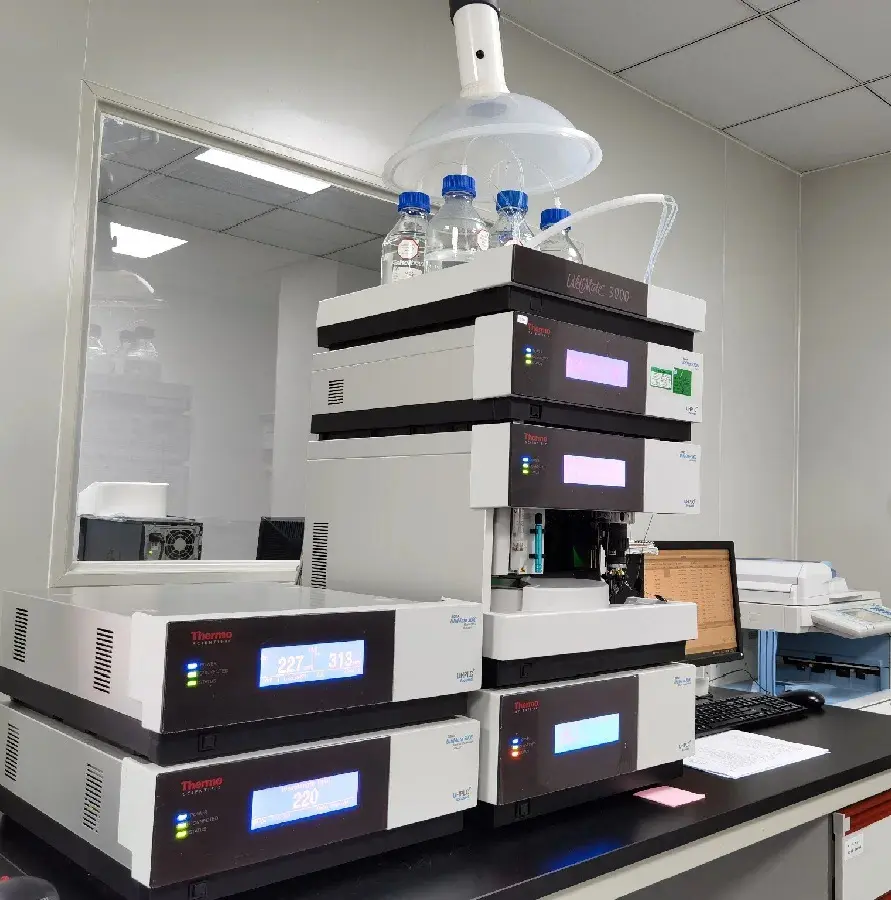 Packaging Validation ISO 11607 Test Report
Packaging Validation ISO 11607 Test Report
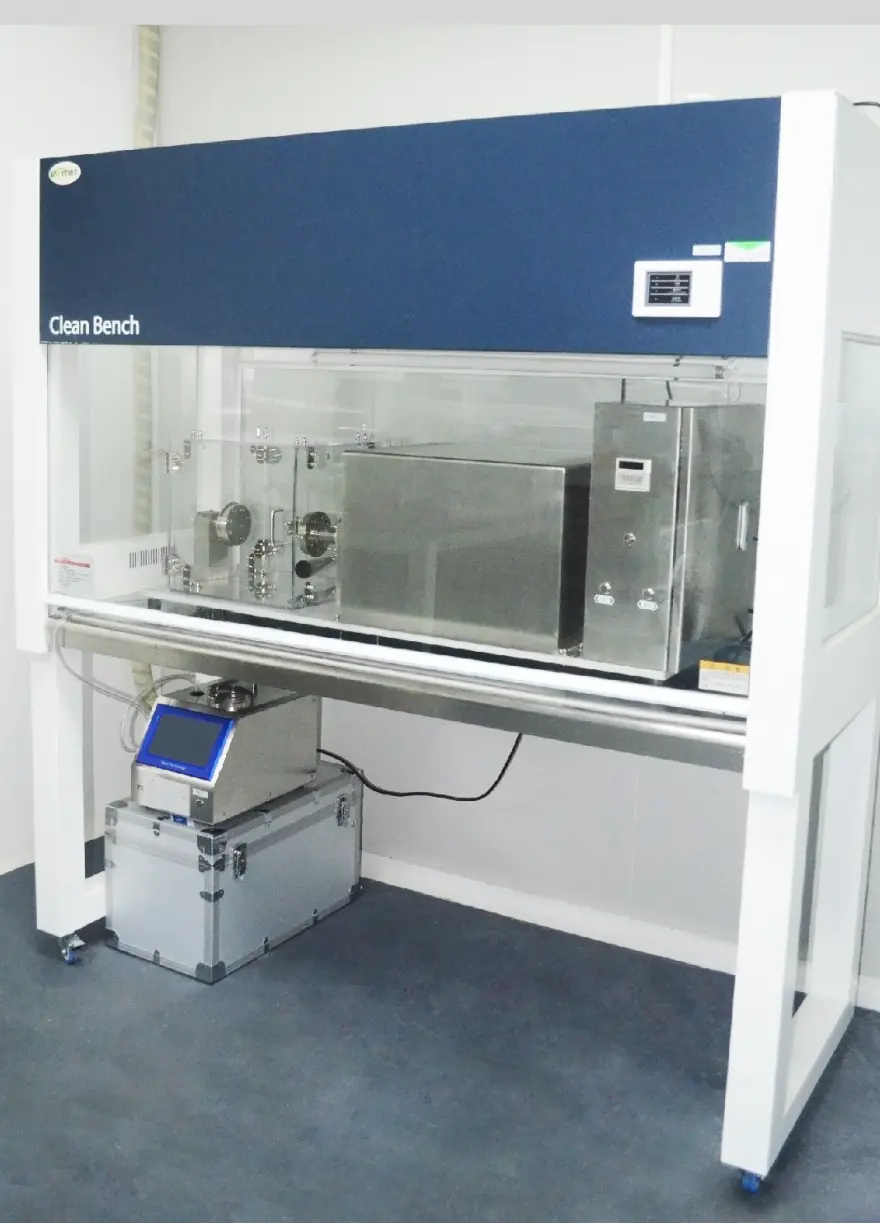 What is the ISO 11607-1 Packaging Validation Test?
What is the ISO 11607-1 Packaging Validation Test?
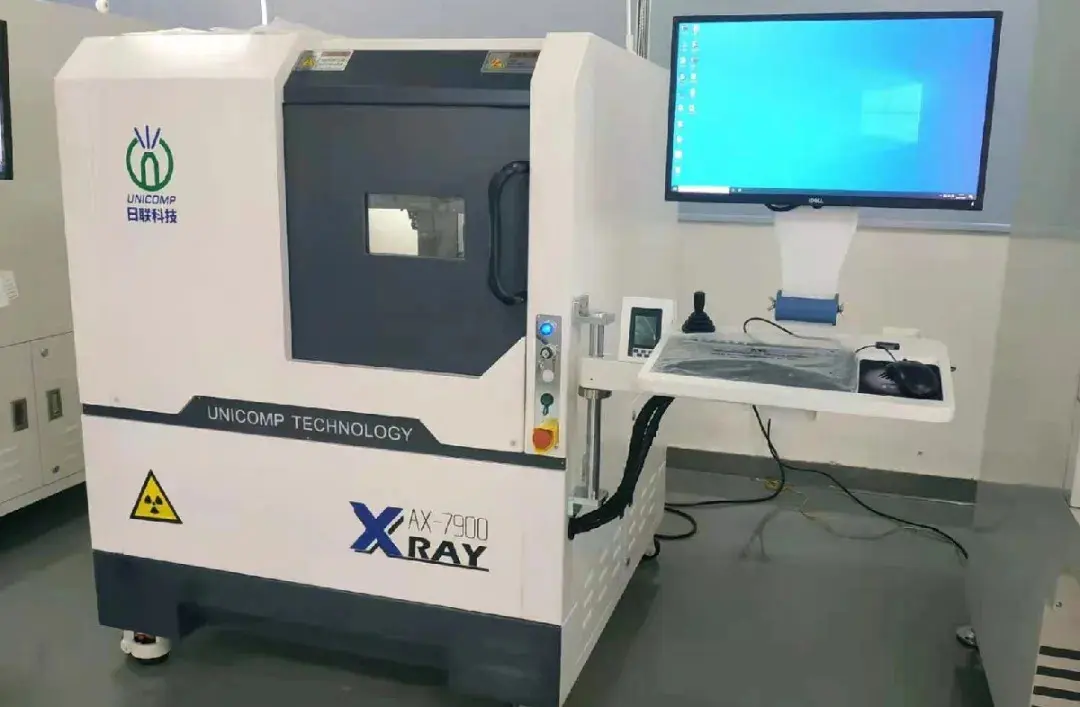 How to get an ISO 11737-1 Test Report?
How to get an ISO 11737-1 Test Report?
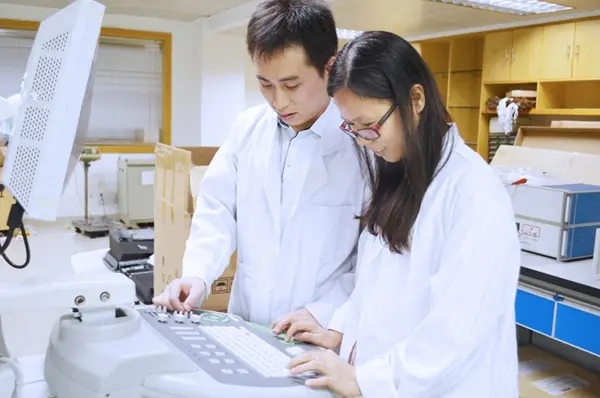 Orthopedic Implant Cleanliness Testing
Orthopedic Implant Cleanliness Testing
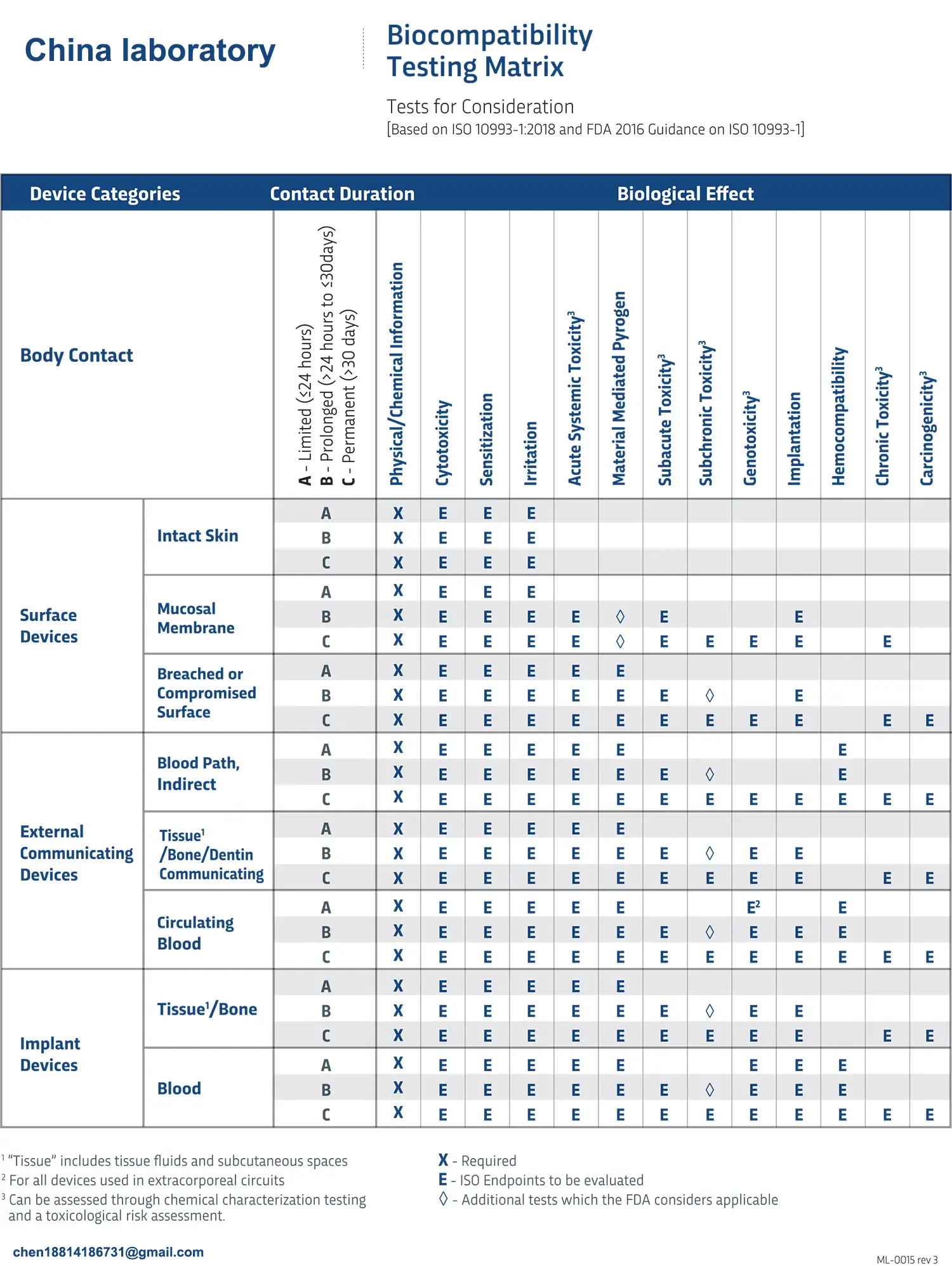 What is ISO 10993-23:2021 Irritation Testing?
What is ISO 10993-23:2021 Irritation Testing?
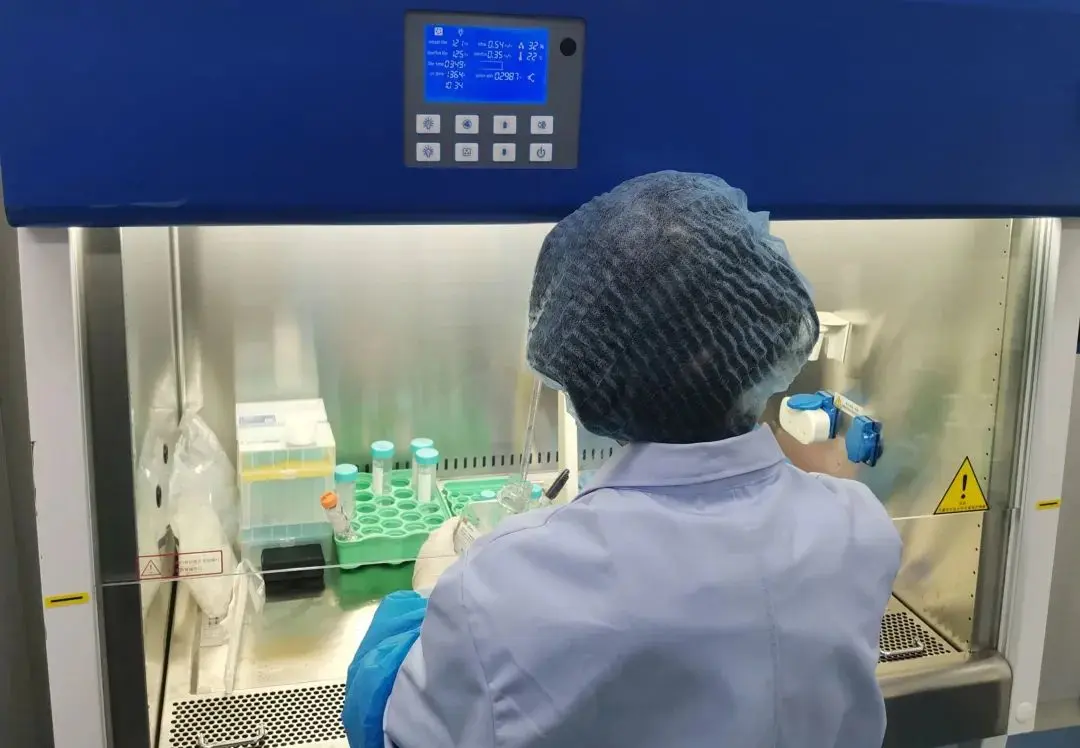 ISO 10993-23 Irritation Testing Laboratory
ISO 10993-23 Irritation Testing Laboratory
 EMI Emissions Testing
EMI Emissions Testing
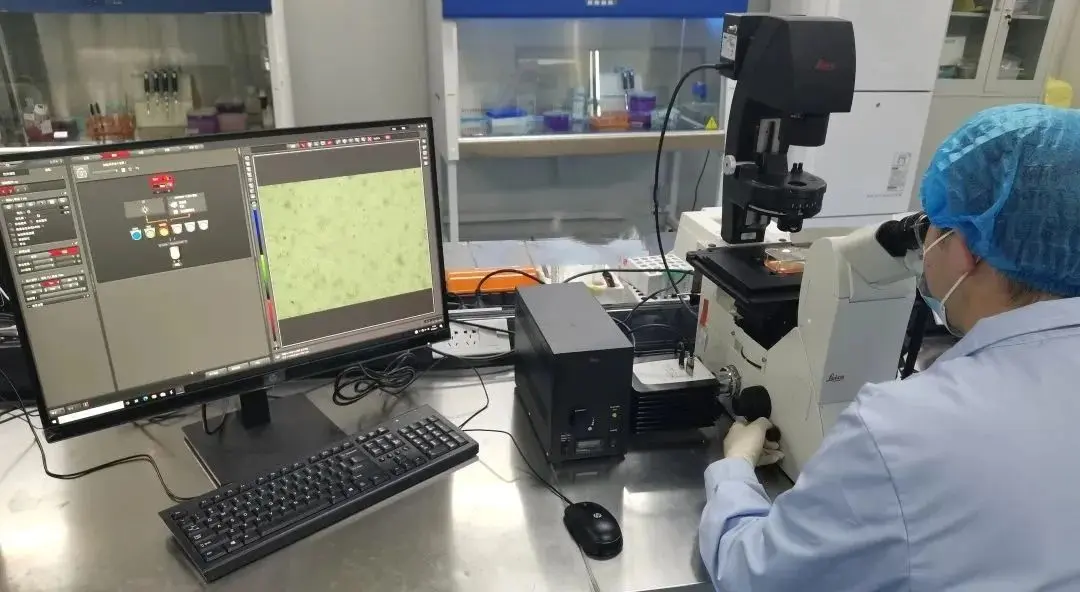 EMC Standards for Medical Devices
EMC Standards for Medical Devices
Leave us a message
24-hour online customer service at any time to respond, so that you worry!




